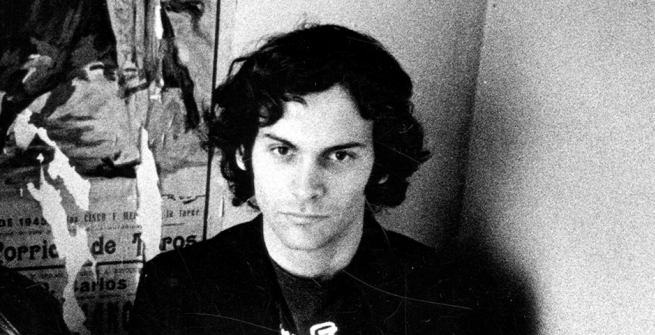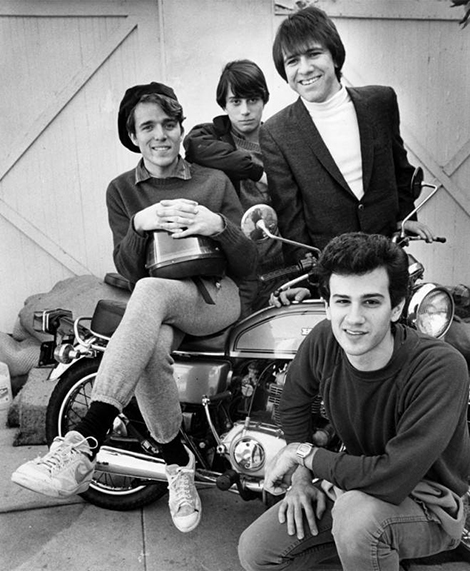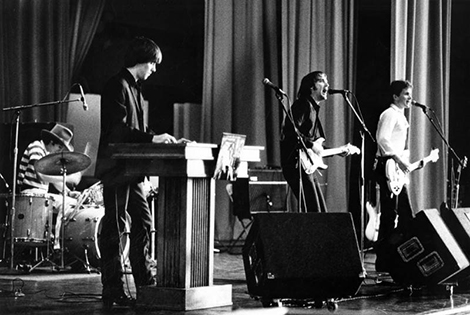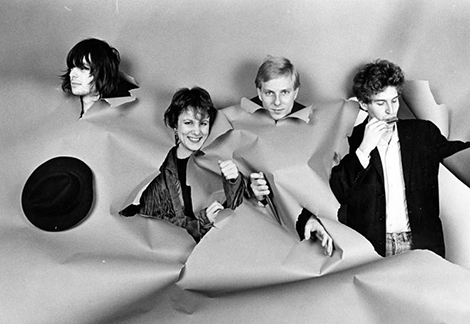On February 24, guitarist and songwriter David Roback passed away in his home city of Los Angeles at the age of 61. He was best known for his moody psychedelic band Mazzy Star, featuring vocalist Hope Sandoval, and their ‘90s alternative hit “Fade Into You.” But to fans of underground music the world over, David Roback was much more—a guiding light, a legendary guitarist and composer of 1960s-inspired rock. The album he and his brother Steven made with The Rain Parade in 1983, Emergency Third Rail Power Trip, is considered one of the enduring classics of its era, and a blueprint for bands like The Stone Roses. He is beloved for his chiming tones, his dreamlike, wandering solos, and the timeless simplicity of his songs.
Mazzy Star emerged into their 15 minutes of MTV alternative fame from a previous L.A. music scene that never really got off the ground—the so-called ‘Paisley Underground’ bands of the 1980s. Three O’Clock frontman Michael Quercio invented the name onstage while extemporizing a spoken-word bit during a rave-up, inspired by a friend’s red paisley thrift-store dress. The term caught on as a catchall for bands in the scene; despite being disliked by many of them.
Who were these Paisley Underground people? A loose group of friends in their late teens and early twenties, motivated by punk’s energy and DIY aesthetic, who hung out at backyard barbecues at the Hollywood apartment of the band Green on Red. Too young to have experienced the original ‘60s music explosion, they became fascinated by rediscovering the darker sounds of the era—bands such as Big Star, Love, and the Velvet Underground, as well as eccentric visionaries like Syd Barrett and Roky Erickson. From this scene came The Dream Syndicate, The Long Ryders, and the only one to hit it big, The Bangles—Their 1986 hit “Manic Monday” was written by Prince, who was going through a psychedelic phase of his own on Around the World in a Day. Similar scenes were popping up around the world at the same time—Athens, GA. bands like R.E.M., British bands like Echo & the Bunnymen, The Teardrop Explodes, and many more. The Paisley Underground bands were often distinctive for a sun-damaged SoCal jangle and smoggy desert drone sound.
The next Roback incarnation, The Rain Parade, added guitarist-songwriter Matt Piucci, keyboardist Will Glenn, and drummer Eddie Kalwa. Slowing down the frantic Merseybeat stomp, they captured a crystalline, layered psychedelic sound at Radio Tokyo studios in the winter of 1983 on Emergency Third Rail Power Trip. With dark, introspective lyrics, ethereal harmonies, Floydian sonic atmosphere, and satanic majesties’—worthy dynamics, it’s an arresting listen and a treasure out of time.
David Roback left the band soon after and began working with Kendra Smith, who had played bass with The Dream Syndicate. Together they recorded haunting, bluesy dirges with droning organ as Clay Allison and later Opal. East Los Angeles kindred spirit Hope Sandoval joined on backing vocals. When Smith threw down her guitar and stormed out halfway through a U.K. tour with the Jesus & Mary Chain, Sandoval took over on vocals, and Mazzy Star was born.
Sandoval’s lazy, menacing vocals melded eerily well with Roback’s evocative guitar sound, which angled persistently towards that of the Doors’ Robbie Krieger. The subdued melancholy of their 1990 debut for Rough Trade, She Hangs Brightly, got teenagers my age who happened to hear it permanently hooked on the darker, dustier sounds of the ‘60s, and acted as a gateway drug to Stereolab and the Flaming Lips. 1994 followup So Tonight That I Might See perfected Mazzy Star’s desert-blues sound, and a year after its release yielded a surprise hit with “Fade Into You,” peaking at 44 on the Billboard Hot 100 and number 3 on the Modern Rock charts. The album eventually went platinum. Taking a darker direction away from this newfound fame in 1996, Among My Swan is beloved by true believers for its hazy, drugged-out lassitude, but yielded no hits and led to the breakup of the band.
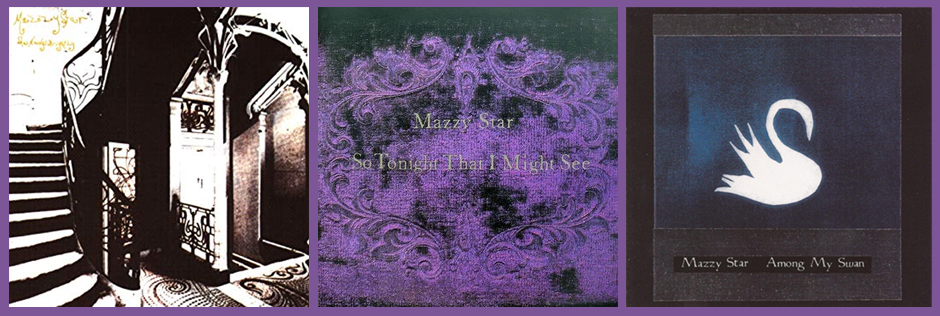
After Mazzy Star, Roback kept a lower profile as his cult status grew, seemingly dismissive of commercial success. In rare interviews, he opined that music is ruined by media saturation and over-interpretation, and is more meaningful played and heard directly, untainted by the hysteria of the music business. He worked with Beth Orton on Central Reservation and U.K. folk legend Bert Jansch on Black Swan. He reunited with Hope Sandoval for a 2012 Coachella appearance and a 2013 album, Seasons In Your Day. At the time of his death, he was working with Kendra Smith on reissues of their original Opal and Clay Allison releases. Guardian music critic Alex Petridis makes a convincing case that Mazzy Star’s true musical heir is Lana Del Rey, who fills arenas with fans of her similarly hazy, melancholic songs. And so, with like-minded younger artists bearing the torch, David Roback’s musical vision lives on.
Hear the music discussed in this post on Hoopla and Freegal, streaming freely via your library card!
There will be a program at the Hollywood Library on March 21 for a look back at Roback's career.
